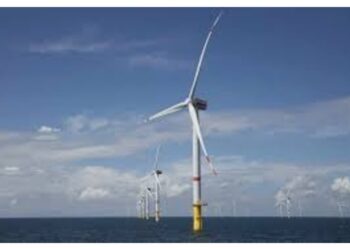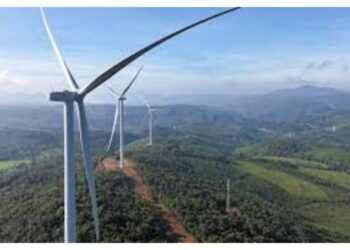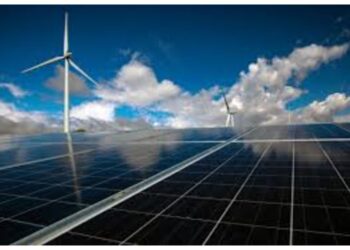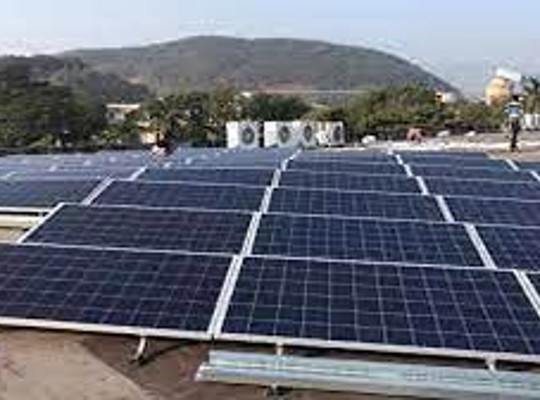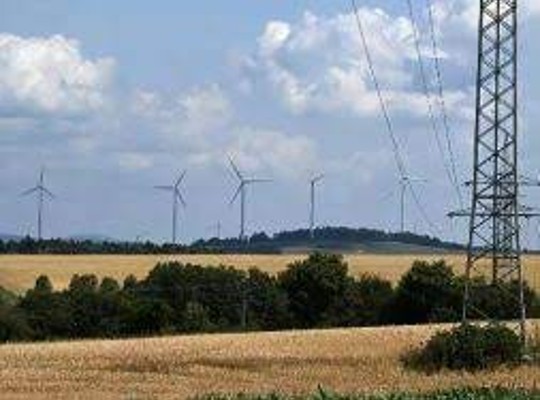The rating agency Icra in a report stated that while solar power remained resilient, with 31 per cent of its 4.3 gigawatt (GW) capacity exceeding estimates, wind power decreased dramatically, with just nine per cent of the 4.6 GW portfolio surpassing P-90 expectations (compared to 16 per cent in FY2022)
When compared to pre-pandemic trends, this difference widens, pointing to a significant change in the renewable energy industry.
Additionally, the analysis of the Icra monitored solar portfolio, comprising 4.3 GW, revealed that 31 per cent of the capacity performed in line with or exceeded the estimated plant load factor (PLF) in FY2023. Despite a decrease from the previous two years where 40-45 per cent of capacity met similar standards solar projects displayed relatively lower PLF variability compared to wind projects.
Additionally, a significant portion (35 per cent) of the Icra monitored wind portfolio, equivalent to 1.7 GW, had a P-90 PLF estimate exceeding 30 per cent. However, actual PLF across these assets remained below the estimate over the past three years due to stabilisation issues, weak wind seasons and potentially over-ambitious generation estimates.
Further, the median wind PLFs for the monitored portfolio experienced a moderation in FY2023 compared to FY2022 across key states, with variations ranging from 51 bits per second (bps) to 177 bps. Karnataka and Maharashtra exhibited an improvement in median PLF.
Additionally, the factors contributing to the subdued performance included wind availability issues, operational challenges with certain original equipment manufacturers (OEMs) and changing weather patterns leading to decreased wind speeds.
Looking ahead to FY2024, there is optimism for improved wind PLFs based on trends observed in the first half of the fiscal year



